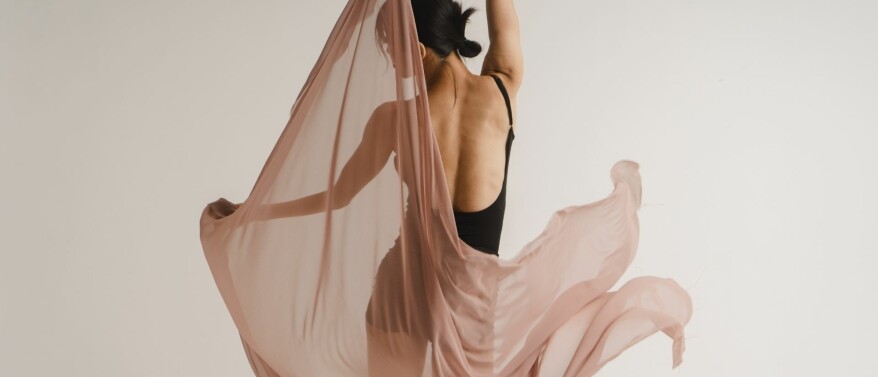Dance challenges aren’t new, but making one that actually spreads? That’s a different story. Most die after a few uploads. The ones that explode follow a very specific formula: not just choreography, but timing, framing, and emotional triggers.
This guide breaks down what makes people copy a challenge and how to launch one that doesn’t fizzle after day two.
Think Like a Meme, Not a Dancer
Your choreography is important, but a viral challenge behaves like a meme. That means it needs to be recognizable, repeatable, and remixable. If it only makes sense in your world, it won’t travel. If it sparks a reaction like “I have to try this” then it will.
Build around a concept or moment, not just moves. Example: a facial expression + beat drop combo is more likely to spread than 30 counts of clean footwork.
Seed the First 5 Posts Yourself
No challenge spreads without social proof. Your first job is to make it look like the trend has already started. That means filming multiple versions in different outfits, with friends, or in alternate locations and then scheduling them as if they’re from different users.
This isn’t manipulation, it’s momentum-building. Humans follow humans. Make your first 5 look like a movement, not a solo post.
Give the Challenge a Name (Then Say It Out Loud)
No one copies a video they can’t refer to. “That dance where the person jumps and turns” doesn’t spread. But something like #SnapStepChallenge, #FreezeDrop, or #TooSmoothChallenge gives your audience a way to talk about it, tag it, and pass it on.
Don’t overthink it. Pick something short, sticky, and unique. Then literally say it in your video or caption: “I’m calling this the #FreezeDropChallenge, let’s see your version.”
Use the Caption to Issue a Micro-Dare
Challenges work because they challenge. But most captions say “Try this!” and nothing else. Upgrade yours with a micro-dare, something specific and slightly performative:
- “Bet you can’t hit that spin without blinking 😳”
- “Couples, this one’s for you 👀”
- “Cleanest footwork gets a duet 🔥”
Make it social. Make it competitive. That’s what drives action.
Time It With Cultural Energy (Not Just Trends)
The best challenges ride something bigger than TikTok, a mood, a moment, or an event. Think: summer break, Valentine’s Day, exam stress, or a new album drop.
Post your challenge as part of a broader wave. Bonus: tag related creators who are also riding that energy. Virality is easier when you're not trying to go solo against the feed.
You’ve Sparked the Challenge. Now Own the Audience.
Challenges are great for reach but they don’t build loyalty on their own. Once your dance starts gaining traction, point followers to a place where they can get more from you. That’s where AudiencePlayer comes in.
Launch your own OTT platform where you can host tutorials, series, and exclusive classes, and turn viral energy into recurring income.
Create Your Branded PlatformFAQs: Creating a Dance Challenge
How many moves should my challenge have?
Keep it tight. 8–16 counts max. Anything more and people won’t replicate it. Focus on 1–2 signature moves that define the feel of the challenge.
Can I make a challenge around a slow song?
You can but slow songs are harder to loop and less likely to spark hype. If you do use one, make the challenge more emotional or expressive instead of fast-paced.
Should I film vertically or horizontally?
Always vertical. TikTok and Reels are mobile-first. Frame your body to fit within center screen, full-length if possible, waist-up minimum. Avoid wide shots unless you're showing multiple people dancing.





